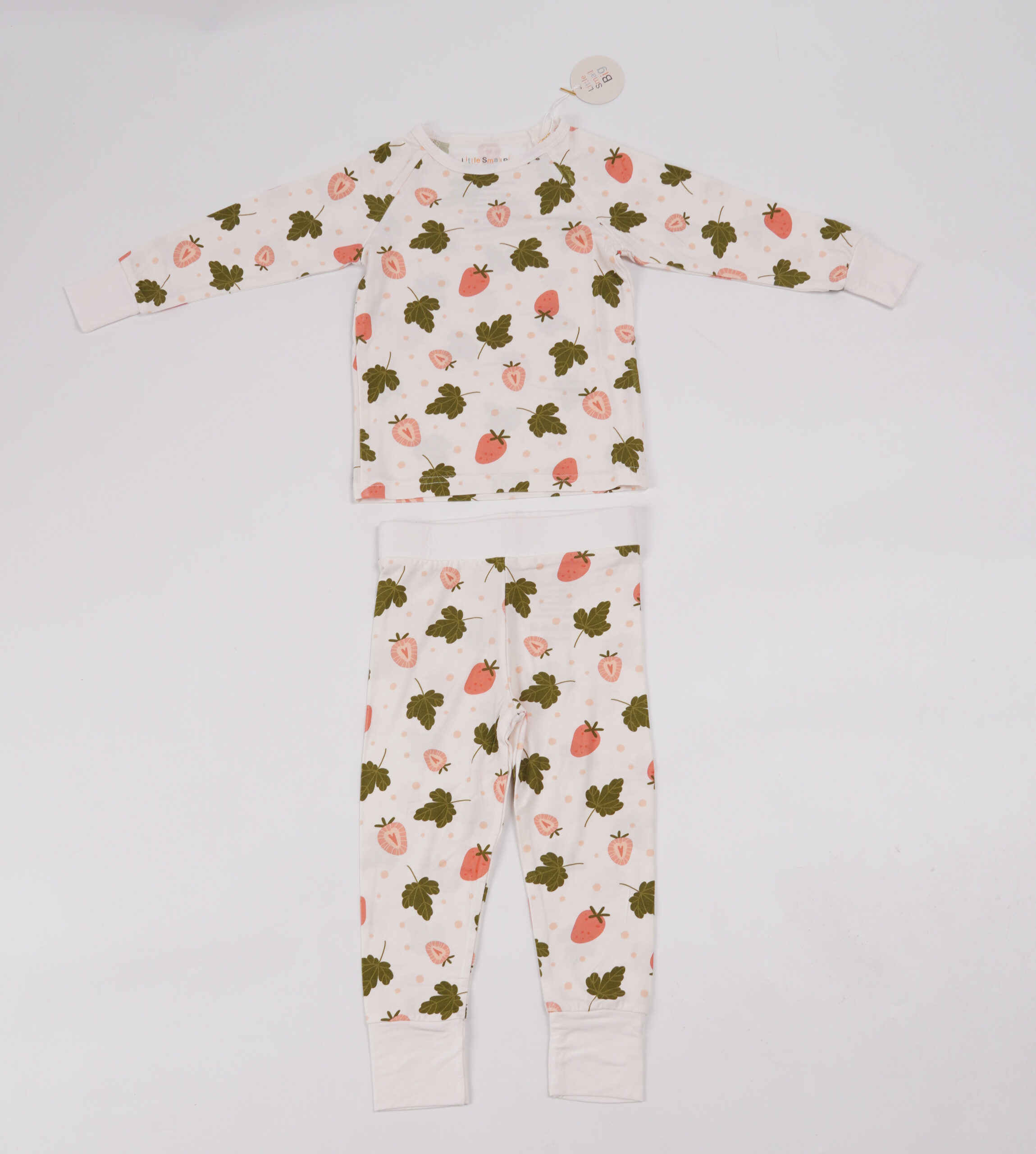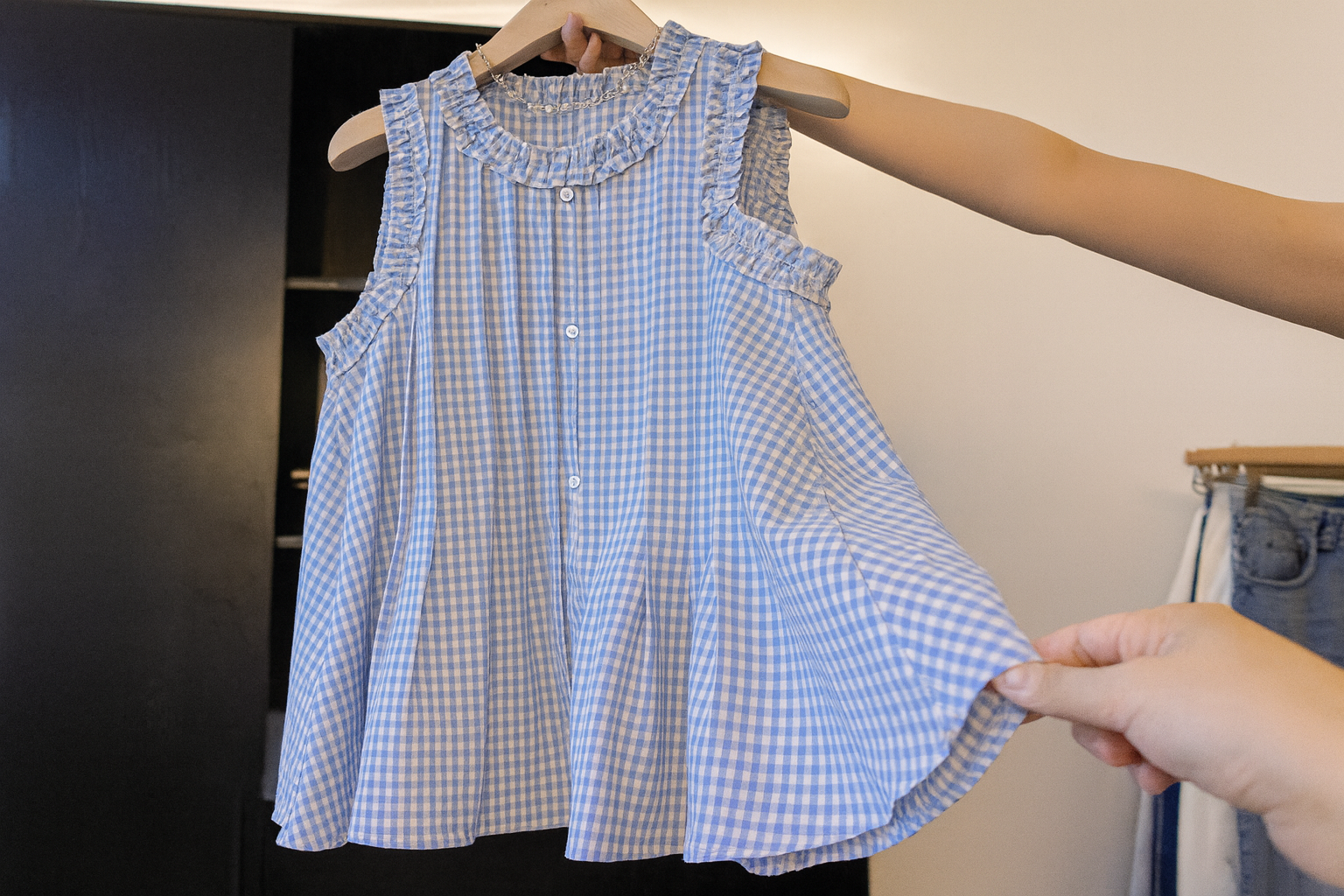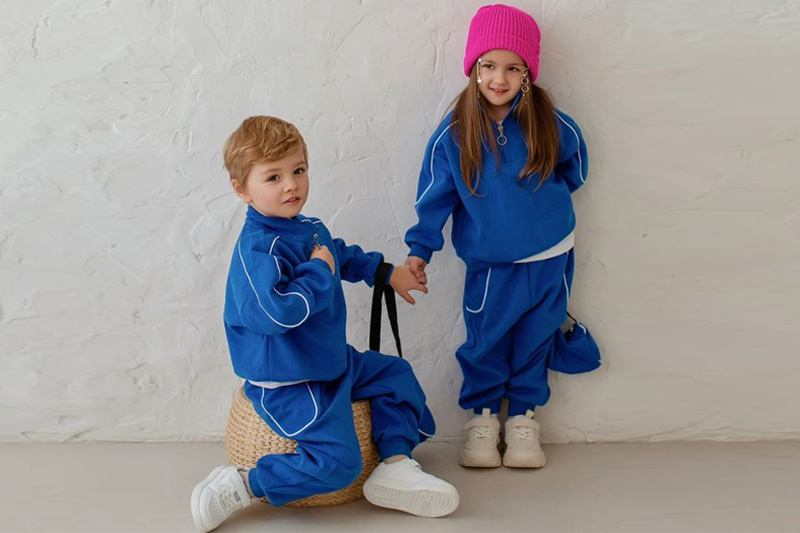Let’s be honest—there’s something magical about kids pajamas. Maybe it’s the sleepy snuggles or the soft fabrics, or maybe it’s just how cute little toes look poking out. If you’re thinking about creating bamboo infant pajamas for your brand, you’re on the right track. Bamboo isn’t just a trend—it’s a game changer for babies and parents alike.
To build the perfect bamboo infant pajamas, focus on three essentials: ultra-soft certified fabric, thoughtful design that fits from newborn to toddler, and a reliable manufacturer who knows kidswear. Bamboo is naturally breathable, hypoallergenic, and thermoregulating, making it ideal for delicate baby skin. Add minimalist designs, sustainable packaging, and eco-conscious branding—and you’ve got a product parents will trust and love.
Now let’s dive into how to bring those perfect bamboo pajamas to life—from fiber to finished product.
Why is bamboo fabric ideal for kids pajamas?
As a parent—or even just someone who’s held a newborn—you know how easily babies get hot, cold, or fussy. Their skin reacts to everything. That’s where bamboo shines.
Bamboo fabric is ultra-soft, breathable, and gentle on sensitive kids skin. It's naturally hypoallergenic, moisture-wicking, and temperature-regulating, helping keep babies cool in summer and warm in winter. Perfect for sleepwear.
What makes bamboo better?
I’ve felt it myself. Compared to regular cotton, bamboo almost melts in your hands. It’s buttery-soft but still strong. And the stretch? Amazing. Babies can wiggle, crawl, and roll without feeling restricted.
Here’s a quick comparison:
| Feature | Bamboo Fabric | Regular Cotton |
|---|---|---|
| Softness | 🌟 Extremely soft | Moderate |
| Breathability | ✅ High | ✅ High |
| Hypoallergenic | ✅ Yes | ⚠️ Not always |
| Thermoregulating | ✅ Yes | ❌ No |
| Eco-friendly production | ✅ Sustainable | ⚠️ Varies by source |
And if you’re building a babywear brand with quality and comfort in mind, bamboo gives you a serious edge.
What certifications should bamboo sleepwear have to ensure safety and quality?
When it comes to kidswear, trust is everything. And parents today? They read labels. They ask questions. That’s why certifications matter more than ever.
Look for certifications like OEKO-TEX®, GOTS (if blended with organic cotton), or SGS-tested bamboo to ensure your pajamas are safe, non-toxic, and responsibly made.
Why do certifications matter?
Because babies chew everything. Their skin absorbs more. And your customers want to know the fabric doesn’t contain harmful dyes or chemicals.
Here are some common, trustworthy certifications:
| Certification | What It Ensures |
|---|---|
| OEKO-TEX® | No harmful chemicals or substances in textiles |
| GOTS | Organic textile processing (for blended fabrics) |
| SGS Tested | Material safety, especially for bamboo viscose |
| BSCI/SEDEX | Ethical labor standards in the factory |
At Taian Lianchuang Textile Co., Ltd, we make sure our bamboo pajamas meet strict standards—because peace of mind should come with every sleep.
How can you design bamboo pajamas that are both cute and functional?
Soft fabric is just one part of the equation. The design? That’s where comfort meets cuteness—and where thoughtful details make life easier for both babies and parents.
The best bamboo pajamas include functional features like two-way zippers, fold-over mittens, and footie options—plus minimalist, modern prints that look good and wear well.
Think like a parent
Ask yourself:
- Can this be put on in the dark at 2 a.m.?
- Are the seams gentle enough for a newborn?
- Will it look just as sweet on a girl or boy?
Design features that make a difference:
- Two-way zipper: Quick changes without undressing fully.
- Envelope neck or stretchy neckline: Easy dressing over tiny heads.
- Fold-over cuffs: Built-in mittens keep babies from scratching.
- Snug ankles: Keeps feet warm without tight elastic.
And trust me, minimalist designs often sell better—especially in soft tones like sage, clay, oat, or blush. Parents love pajamas that photograph well and still feel timeless.
What sizes and fits should you include for newborn to toddler stages?
Babies grow fast. Like, really fast. What fits perfectly in week one will likely be too small by week six.
Include sizes ranging from NB (newborn) up to 24M or even 3T, with flexible, stretch-friendly designs that accommodate growing babies.
Fit matters more than you think
I’ve seen customers return products just because the neckline was too tight—or the legs too short. Here’s a size guide that works well for bamboo sleepwear:
| Size Label | Age Range | Key Fit Features |
|---|---|---|
| NB | 0–7 days | Extra soft seams, easy-open neck |
| 0–3M | 0–12 weeks | Fold-over cuffs, snug but stretchy |
| 3–6M | 3–6 months | Two-way zipper, footie option |
| 6–12M | 6–12 months | Room for crawling and sitting |
| 12–18M | 12–18 months | Durable knees, slimmer cut |
| 18–24M+ | 18M–3 years | More movement, soft waistband options |
Include a size chart with real measurements on your product page, and you’ll reduce returns and boost buyer trust.
What printing or embroidery techniques work best on bamboo material?
Bamboo fabric is smooth, stretchy, and delicate—kind of like the baby wearing it. That means not every printing method plays nicely with it.
For bamboo baby pajamas, water-based screen printing and embroidery with soft backing are the most skin-friendly and fabric-safe options. Avoid thick plastisol prints or rough embroidery backing, which can irritate babies' skin.
Matching print method to fabric
Bamboo viscose absorbs ink well, especially when the print is simple and not overly saturated. But keep in mind: overly thick prints can reduce the softness, making the fabric feel stiff.
Let’s look at what works best:
| Technique | Good for Bamboo? | Notes |
|---|---|---|
| Water-based Screen Print | ✅ Yes | Soft, breathable, eco-friendly |
| DTG (Direct-to-Garment) | ⚠️ Sometimes | Works on light bamboo blends |
| Heat Transfer | ❌ Not ideal | May peel/crack on stretchy fabric |
| Embroidery | ✅ Yes (soft) | Great for logos or small motifs, if backed gently |
For logos or small graphics, we’ve seen brands succeed with a mix: soft embroidered tags for branding, and screen print for designs. The key? Always test on the final fabric before going into full production.
Should your brand focus on gender-neutral and minimalist color palettes?
Yes—because modern parents are shifting away from bright blues and sugary pinks. They want sleepwear that feels timeless, calm, and photogenic.
Gender-neutral palettes like oatmeal, sage, sand, clay, and sky blue appeal to eco-conscious and minimalist buyers—and give your brand a premium, modern feel.
Why less color can mean more sales
I’ve watched brands grow faster by leaning into calming, muted colors. They’re Instagram-friendly. They work for hand-me-downs. And most importantly? They make busy parents' shopping choices simpler.
Popular gender-neutral hues:
- Oatmeal
- Dusty Rose
- Cloud Blue
- Sage Green
- Terracotta
If you're building your brand around sustainable bamboo, these tones also visually support your eco message. They say "clean," "soft," and "natural" without a single word.
How can sustainable packaging enhance your bamboo pajama brand?
Your pajamas might be soft—but your first impression is the packaging. If your goal is to build a brand that feels conscious and elevated, what you wrap them in matters.
Sustainable packaging—like compostable mailers, recycled kraft boxes, or branded cotton bags—adds credibility and delight for eco-conscious parents.
Unboxing = storytelling
Let me tell you—I've seen brands turn packaging into part of their story. One client used organic cotton drawstring bags as pajama pouches. Another included a hand-signed "Thank you" card printed on seeded paper that customers could plant.
Sustainable packaging ideas:
- Compostable mailers (e.g. from noissue or Better Packaging Co)
- Minimal recycled boxes with soy ink printing
- Fabric pouches for a premium feel
- Paper stickers instead of plastic wrap
When done right, the packaging reflects the softness and care you put into the product itself—and builds instant trust.
What’s the best way to tell your brand story to eco-conscious parents?
You don’t need a 10-page manifesto. Just clarity, honesty, and emotion. Talk to your customer like a fellow parent, not a marketing robot.
The best way to connect with eco-conscious parents is to share why you chose bamboo, how your pieces are made, and what values your brand stands for—using clear, friendly language.
Storytelling that sticks
Don’t just say “sustainable.” Show it. Include a short note on your tags or product page explaining:
- Why you picked bamboo ("softer than cotton, safer for sensitive skin")
- Where your products are made (transparency builds trust)
- What you believe in ("less plastic, more cuddles")
A great brand story might be:
"We started this brand after our son broke out in rashes from his newborn pajamas. We wanted something softer, cleaner, and easier for midnight changes. Bamboo gave us all of that—and we’re sharing it with you."
Real, honest, and human—that’s what resonates.
How do you find reliable manufacturers specializing in bamboo babywear?
Finding a bamboo supplier is easy. Finding one who gets babywear, quality, and deadlines? That’s the hard part.
The most reliable bamboo babywear manufacturers offer low MOQs, certified fabrics, experience in infant sizing, and fast, responsive communication. Bonus points if they’ve worked with Western markets and understand compliance.
What to ask your supplier
Before you commit, ask these:
- Do you have OEKO-TEX or GOTS certifications?
- What’s your experience with bamboo?
- Can I visit your factory or see a virtual tour?
- What’s your lead time for sampling and production?
- How do you handle delays or fabric shortages?
At Taian Lianchuang Textile Co., Ltd, we work with clients across North America, Europe, and Australia. Our team knows that when you're building a babywear brand, one late shipment can wreck an entire season. That’s why we make communication clear, samples fast, and deadlines a priority.
How Taian Lianchuang built the Perfect kids with Bamboo Infant Pajamas?
Okay, so let me pull back the curtain a bit. At Taian Lianchuang, we didn’t just stumble into bamboo babywear—we grew into it because our clients needed something better.
We worked closely with brands to perfect sizing, use certified bamboo fabric, and combine printing, labeling, and packaging into one smooth process. That’s how our bamboo pajama line was born.
What makes our bamboo sets stand out?
- Ultra-soft OEKO-TEX bamboo viscose
- Smart baby-friendly features: two-way zippers, fold-over mitts
- Low MOQ options for startup brands
- Custom print and embroidery services tested specifically for bamboo
- On-time delivery, even during peak seasons
And yes—we’ve made mistakes. But that’s how we’ve built real systems to avoid the common pain points: miscommunication, surprise charges, delayed sampling.
Whether you're new to babywear or scaling a best-seller, we help you create bamboo sleepwear you can be proud of.
Conclusion
Bamboo baby pajamas aren’t just about softness—they’re about thoughtful choices from fiber to factory to family. With the right partner, design, and story, you can build a brand that babies love to wear and parents love to buy.



